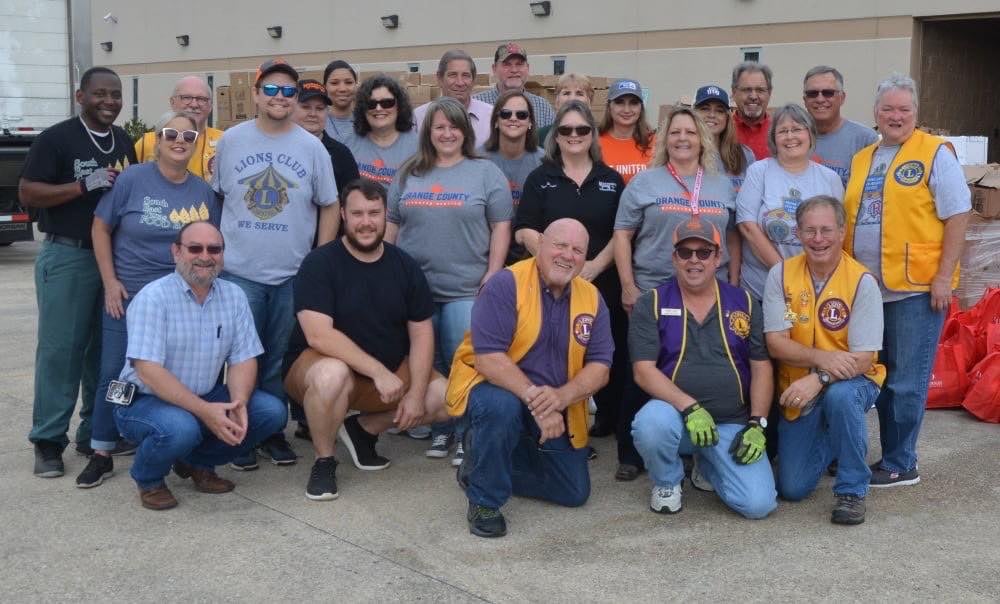Failing to completely dry out flooded home may lead to expensive problems in the future
Published 5:43 pm Friday, April 15, 2016
Special to The Leader
The historic flooding of the Sabine River Valley in Texas and Louisiana, left homeowners with “a huge wet mess.” Many homeowners in the region are tearing out and cleaning up their houses themselves. After being displaced for several weeks, they are eager to begin rebuilding. But, rebuilding too soon over materials that look and feel dry (but still retain trapped moisture) can cause hidden problems that may not present themselves for months or years into the future; such as mold growth, wood rot, attracting termites, and another expensive tear-out and rebuild.
Many residents of the Gulf Coast are all too familiar with the basic process of cleaning up after a flood disaster: “Tear-Out & Dry-Out”.
FEMA’s Flood Damage Publication* states: “Be patient. Drying your house could take several weeks. Until your house is reasonably dry, damage caused by mildew and decay will continue. The musty odor will stay forever if the house is not dried out well. Run dehumidifiers, and use fans to dry out your home.” FEMA’s publication does not state specific guidelines to let homeowners know when it’s safe to re-install walls and flooring.
Local company, ABLOOM-Property Solutions has made it their mission to inform residents of the best methods and needed equipment to correctly dry-out their homes before rebuilding. Owner, Brandon Hammock tells residents, “We are concerned for the health and safety of our neighbors, and want to help how we can.”
After witnessing contractors installing new sheet-rock over studs that still retain moisture, they began showing residents how to test the moisture levels in their own homes.
It is important to check the moisture content of studs, bottom plates, and sub-floors. A penetrating moisture meter is the best way to determine the actual moisture level inside of building materials. By pushing the quarter-inch pins fully into the material, it measures the amount of moisture trapped beneath the surface. Continue drying out until the moisture content is 15-percent or lower.
Ideally after a flood, homeowners should hire a licensed and certified water restoration company. These companies have the training and commercial-grade dehumidifiers and high-speed air movers to dry houses quickly. For many homeowners, this service can be too costly to afford out-of-pocket. On the other hand, easily available and less expensive box fans and small-capacity dehumidifiers are not as effective, and can take much longer to reach recommended moisture levels.
For a faster do-it-yourself dry-out, commercial-grade equipment can be rented from companies such as, ABLOOM-Property Solutions. Hammock says, “ I tell everyone that calls that ‘We are not a restoration or remediation company. We can’t make any claims of preventing mold or rot.’ But, I can give people the tools and information they need to help prevent more loss and expenses in the future.”
On a recent Facebook post they said, “Whichever dry-out method you choose…please, please, please, for your family’s health and safety, make sure your home is completely dried out before you begin to rebuild. Waiting just a little longer to rebuild, and making sure your home is completely dry will save you from having to tear out all over again in the future.”




